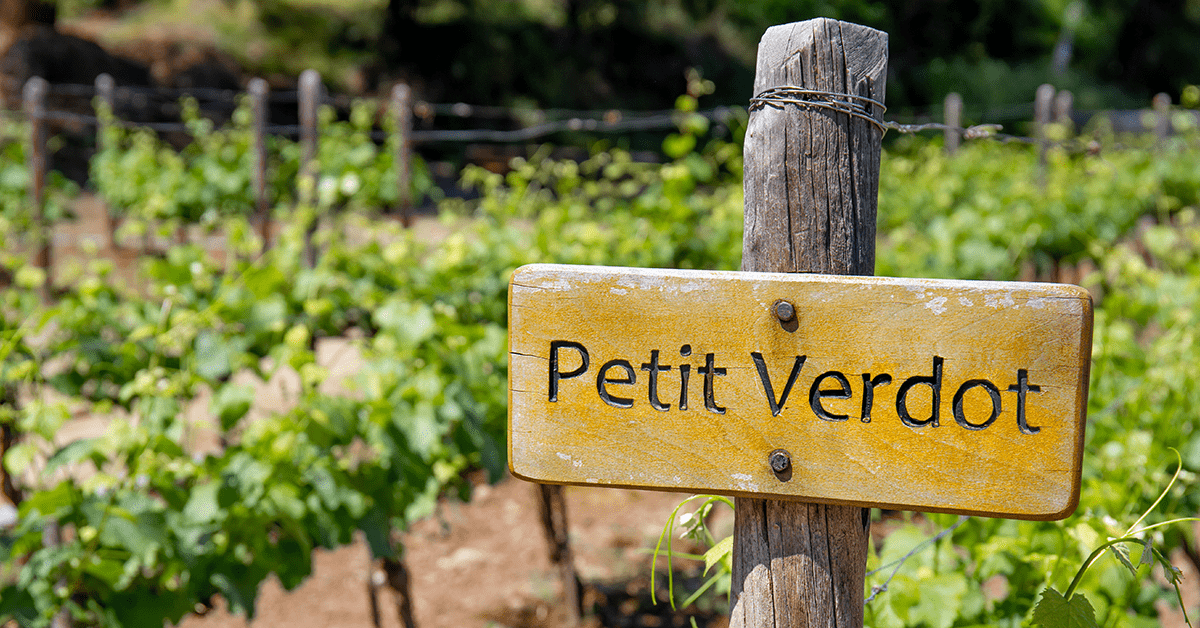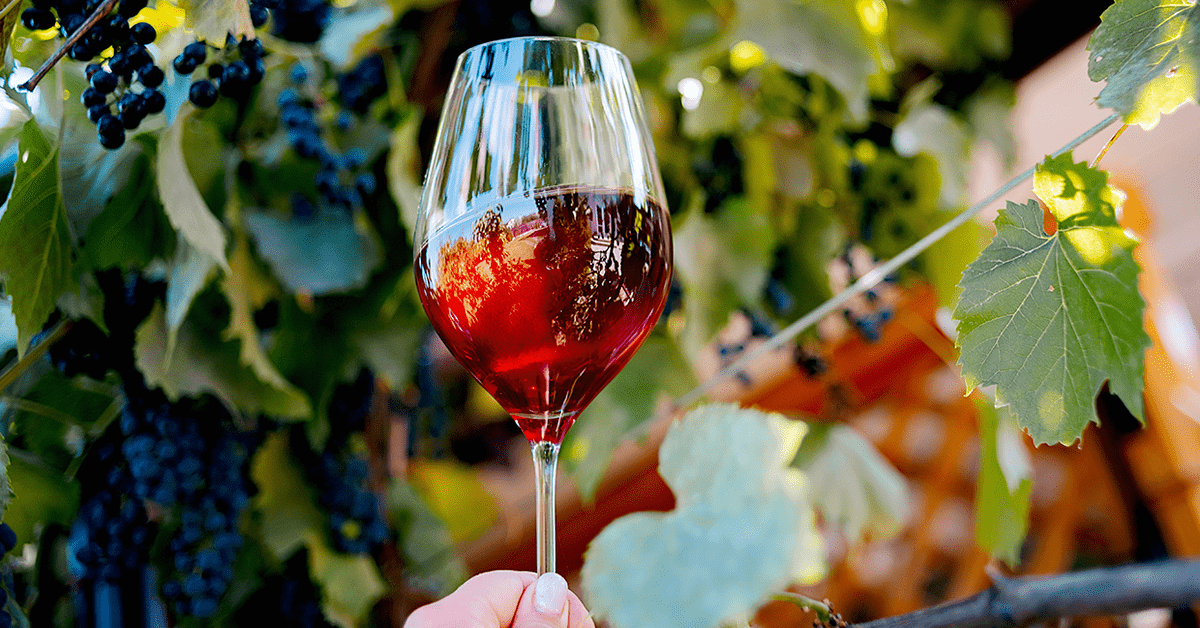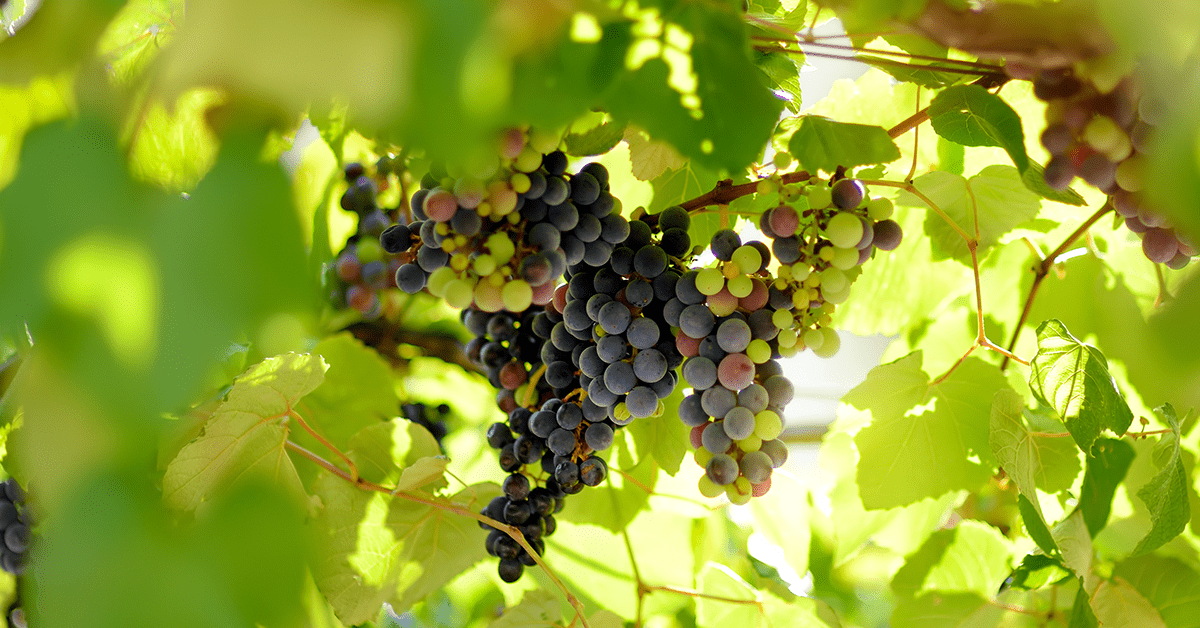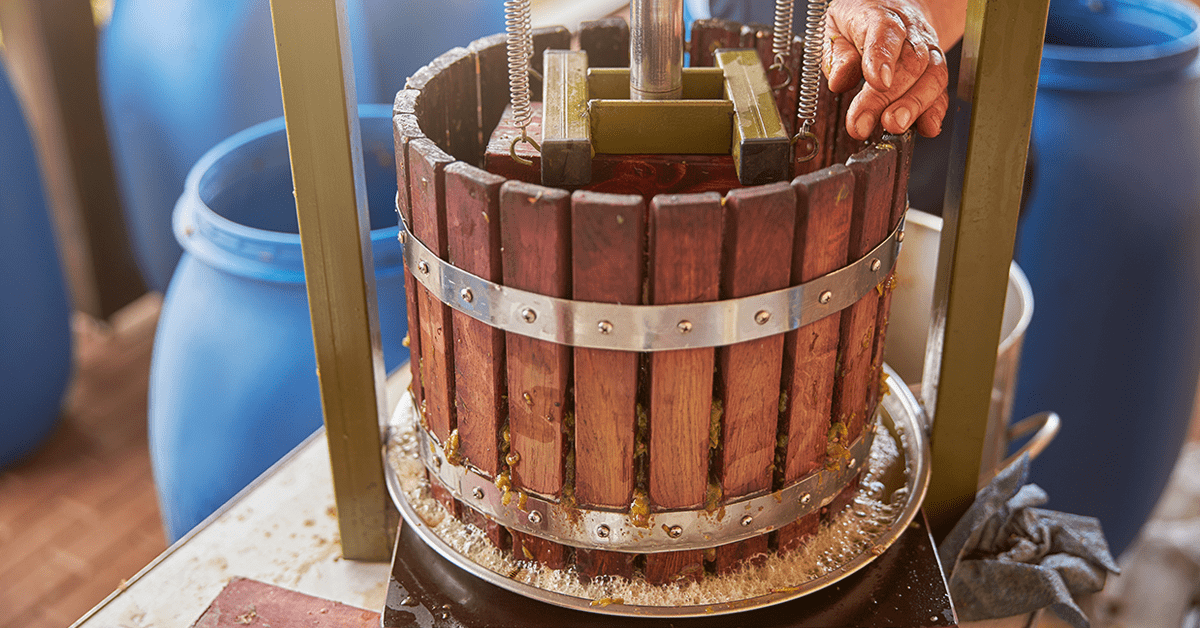
In the enchanting world of wines, where each grape variety tells its own story, Petit Verdot emerges as a character full of depth and mystery. Often overshadowed by more prominent varieties, this grape, originating from the prestigious vineyards of Bordeaux, France, holds a unique allure. Known for its deep, almost inky colour, Petit Verdot is a wine that commands attention. Its rich flavour profile and robust tannins make it a hidden gem among wine aficionados.
The journey of Petit Verdot is as fascinating as its taste. Traditionally used as a blending grape in the famous Bordeaux blends, it contributes colour, structure, and an element of spice. However, its late ripening often made it a challenging variety for winemakers. Despite this, the grape has found new life in regions beyond its French homeland, particularly in areas where the climate allows it to thrive and fully express its characteristics.
As we delve into the world of Petit Verdot, we uncover a story of resilience and adaptability. This is a grape that has not only survived but thrived, finding new homes in vineyards across the globe. Its journey from a supporting role in blends to a star in its own right is a testament to its unique qualities. In this exploration, we will discover why Petit Verdot, with its bold flavours and rich history, deserves a place in the pantheon of great wines and in the hearts of wine lovers everywhere.

The Unique Characteristics of Petit Verdot
Petit Verdot is a variety that stands out in the crowded world of red wines. Its most striking feature is its deep, almost black hue, which adds a dramatic tint to any blend. This intense colour is just the beginning of what Petit Verdot brings to the table. In terms of flavour, it is bold and assertive, with a tannic structure that can stand up to the most robust of wines. When young, Petit Verdot wines can surprise with unexpected aromas of banana and pencil shavings, an intriguing introduction to its complex nature.
As the wine ages, it evolves, revealing layers of flavour and aroma that are deeply entwined with its terroir. The mature Petit Verdot is a symphony of scents and tastes, with strong tones of violet, leather, and dark fruits like blackberry and blueberry. Spicy notes of liquorice and black pepper often emerge, adding to its complexity. This evolution makes Petit Verdot a fascinating subject for those interested in the ageing potential of wines.
The full-bodied nature of Petit Verdot makes it a favourite among those who prefer wines with a strong presence. Its high tannin content, which contributes to its ageing potential, also gives the wine a robust structure. This makes it an excellent pairing with rich, hearty foods like grilled meats, game, and strong cheeses. The wine’s intensity ensures that it can hold its own against bold flavours, making it a versatile choice for a variety of culinary experiences.

A Historical Perspective
The history of Petit Verdot is as rich and complex as the wine itself. Believed to be older than even the renowned Cabernet Sauvignon, Petit Verdot has a storied past in the Bordeaux region of France. Historical records from the 18th century document its presence, but its characteristics suggest a lineage that could trace back to the Roman era. This deep historical root adds a layer of intrigue to Petit Verdot, connecting it to the ancient traditions of winemaking.
In Bordeaux, Petit Verdot played a crucial role in the classic Bordeaux blends, valued for its ability to add depth, colour, and a touch of spice. However, it’s late ripening often posed a challenge. In some years, the grapes would not fully mature before the harvest, leading to inconsistent yields. This trait caused Petit Verdot to fall out of favour among some winemakers in its native region, where consistency and reliability are key.
Despite these challenges, Petit Verdot found new life in the New World. Winemakers in regions with warmer, more consistent climates embraced the grape, intrigued by its unique qualities. In these new environments, Petit Verdot could reliably reach full maturity, allowing its true potential to shine. This resurgence has led to a reevaluation of the grape, not just as a blending component but as a star capable of producing exceptional single-varietal wines.
The story of Petit Verdot is a testament to the enduring nature of winemaking and the ever-evolving tastes of wine lovers. From its ancient origins to its modern-day revival, Petit Verdot has remained a grape that captivates and challenges, inviting us to explore the deeper, more hidden aspects of the wine world.

Global Expansion
The story of Petit Verdot’s global expansion is a narrative of adaptation and newfound appreciation. Originally confined to the temperate climate of Bordeaux, this late-ripening grape found its way to new territories, each offering a unique environment for it to flourish. In countries like Australia, the United States, and Argentina, Petit Verdot has not only adapted but thrived, showcasing its versatility and resilience.
In Australia, Petit Verdot has been embraced with enthusiasm. The warmer climate allows for consistent ripening, bringing out the grape’s robust character. Australian winemakers are experimenting with Petit Verdot, producing single varietal wines that are rich, bold, and structured. These wines are known for their longevity, evolving beautifully over time. The Australian Petit Verdot is a testament to the grape’s potential outside its traditional home.
The United States has also seen a growing interest in Petit Verdot, particularly in California, where the grape benefits from the warm, sunny climate. Here, winemakers are exploring the grape’s potential, both in blends and as a single varietal. The result is a range of Petit Verdot wines that are diverse and expressive, reflecting the varied terroirs of the region. From the lush valleys of California to the emerging wine regions in states like Virginia and Texas, Petit Verdot is finding a new audience eager to explore its unique qualities.

Viticulture and Vine Characteristics
The viticulture of Petit Verdot is as intriguing as the wine it produces. The grape’s preference for warm, dry conditions poses a challenge in its native Bordeaux, where the climate can be unpredictable. However, in regions with more consistent weather, Petit Verdot thrives, reaching its full potential.
The vine of Petit Verdot is characterised by its small, thick-skinned berries, which contribute to the wine’s deep colour and high tannin levels. The leaves of the vine are distinctive, with a pronounced central lobe. The grape clusters are small and compact, which can lead to issues with uneven ripening, particularly in cooler climates.
One of the most notable aspects of Petit Verdot is its late ripening. This trait, while a challenge in Bordeaux, can be an advantage in warmer regions where the extended growing season allows the grapes to develop fully. This late ripening contributes to the grape’s deep flavours and robust structure, making it a valuable addition to blends and a compelling choice for single varietal wines.

The Role in Blends and Single Varietals
Petit Verdot has traditionally been used as a blending grape in Bordeaux, where it adds depth, colour, and a hint of spice to the region’s famed red blends. Its strong tannins and deep colour make it an ideal partner for softer, lighter varieties, providing balance and complexity. However, the grape’s role is evolving, with an increasing number of winemakers recognizing its potential as a single varietal.
As a single varietal wine, Petit Verdot offers a bold, intense experience. The wine is typically full-bodied, with a rich, velvety texture and a complex array of flavours ranging from dark fruits to floral and spicy notes. These wines are often powerful and assertive, with a tannic structure that allows them to age gracefully.

Tasting Notes and Food Pairings
Tasting Petit Verdot is an adventure in flavour. The wine’s deep colour is a prelude to its rich, complex profile. On the palate, Petit Verdot typically offers flavours of dark fruits like blackberry and plum, accompanied by floral notes of violet and lavender. As the wine ages, it develops layers of leather, tobacco, and spice, adding to its complexity.
Petit Verdot pairs well with a variety of foods. Its robust structure and bold flavours make it an excellent match for rich, hearty dishes like grilled steaks, barbecued meats, and game. The wine’s tannins complement the flavours of the food, making for a harmonious dining experience. It also pairs well with strong cheeses, providing a delightful contrast to their creamy textures.
Conclusion
Petit Verdot, with its deep colour, rich flavours, and complex history, is a grape variety that deserves recognition. From its traditional role in Bordeaux blends to its emergence as a single varietal wine, Petit Verdot has proven its versatility and appeal. Whether enjoyed as part of a blend or on its own, Petit Verdot offers a unique and memorable wine experience. For those looking to explore beyond the more common varieties, Petit Verdot is a hidden gem, offering a glimpse into the depth and diversity of the world of wine.




